Pumping station 't Leven Zaandijk
Zaandijk, so the saying goes, begins with life and ends with death: on the south side of the Zaan village still stands the imposing corn mill de Dood, on the north side stood polder mill 't Leven until 1904. Possibly the polder mill derived its name from its big brother on the south side. However, where de Dood still shows tourists the way to the Zaanse Schans, mill 't Leven has disappeared. The pumping station that took its place, while less conspicuous, is nevertheless a very special monument.
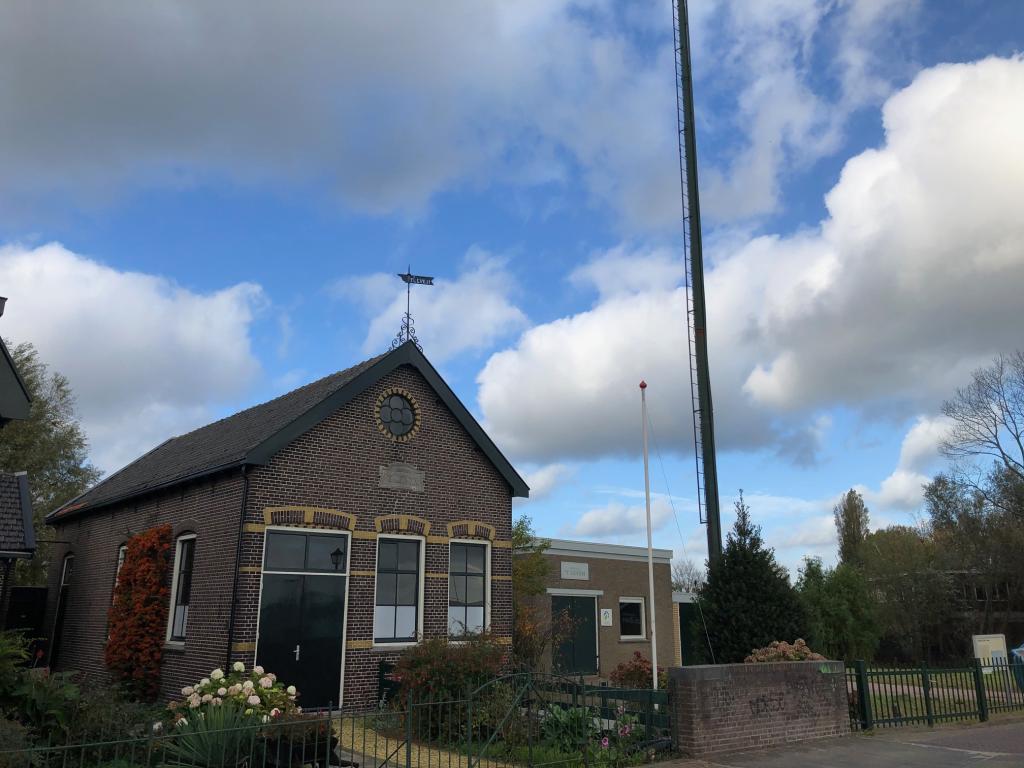
In the first half of the 17th, the Beemster, the Schermer and all other large lakes were drained. This greatly reduced the water storage in North Holland, the so-called Schermerboezem. There was now too little "room for water. The Zaan was part of the Schermerboezem and was often filled with water for a long time. As a result, sluicing through a lock was no longer possible. The only solution was to build mills to grind up the water, and the Westzaan polder therefore also had to build a mill in 1632 that was nicknamed "Het leven. The mill was on the border of Zaandijk and Wormerveer; Death was on the border with Koog aan de Zaan, hence the saying.
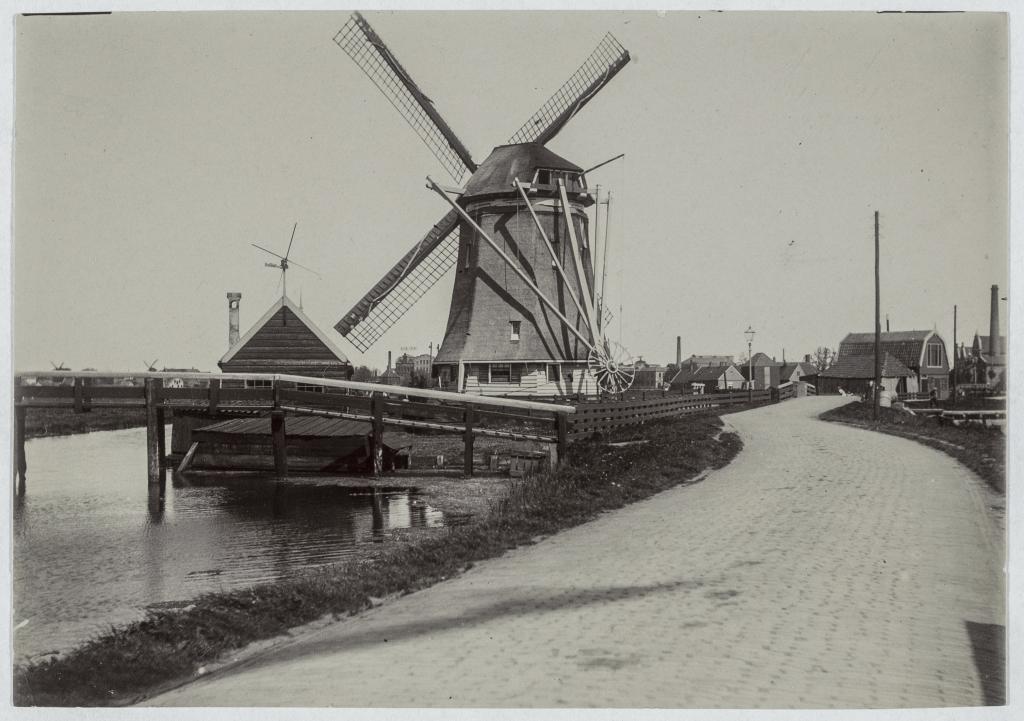
A local custom became attached to mill 't Leven in the course of time: when Zaandijker children had a brother or sister, they were told that the baby had been 'grinded up' by the polder mill and picked up by the mother there. In the grinding pit it could churn and fizz and one could see all kinds of objects and fish, so why not a baby too? It was said that sometimes children stood at the maelstrom peering intently into the water, hoping to see the new baby.
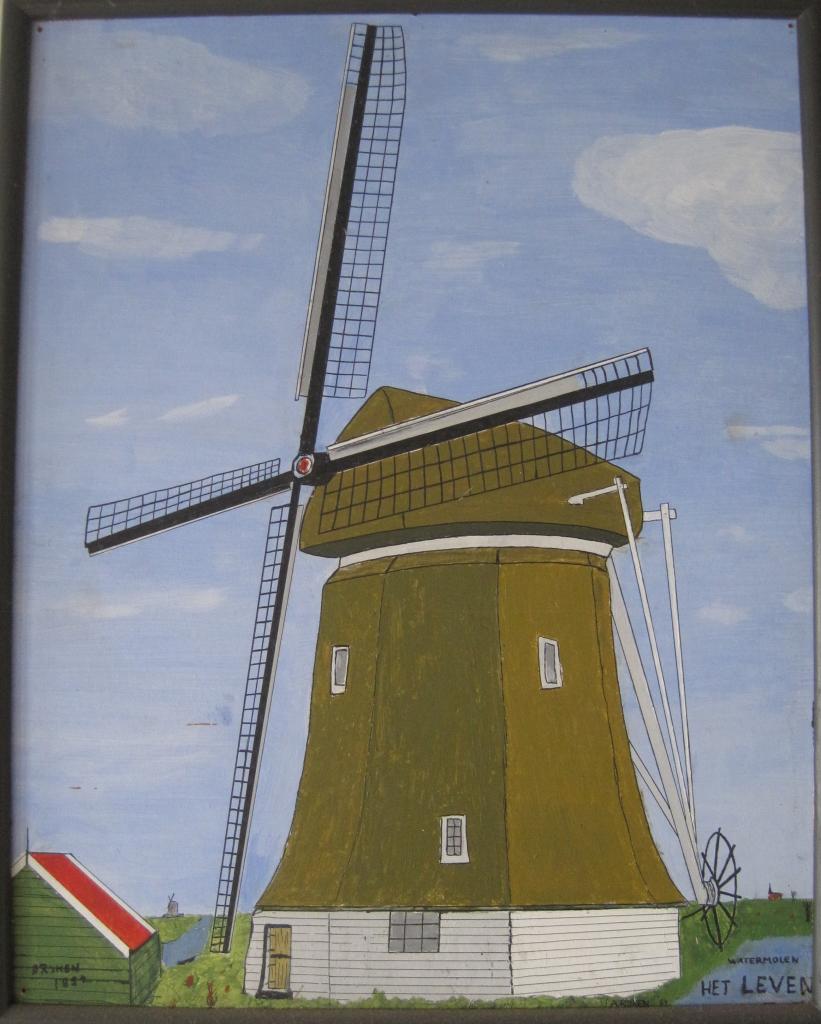
For centuries the mill fulfilled its task. In 1867 the paddle wheel was replaced by a screw pump, but for a long time the polder Westzaan had no need for more modern ways of pumping the water. A proposal by the superintendents in 1891 to replace the windmill with a steam pumping station was not accepted by the dike grave and heemraden. In 1899 't Leven survived a lightning strike, but on April 5, 1904, during a storm the mill shaft broke and the mill sustained such heavy damage that the polder board decided to replace the mill with 'a water machine with an engine'.

In a short time, the mill was demolished and the miller retired. Instead, a pumping station, a dwelling for the operator and a coal shed with workshop were built. They chose a centrifugal pump driven by a suction gas engine, that is, the engine ran on coal that was converted to gas under high pressure, thinking that this was cheaper than a steam pumping station. On Saturday, August 18, 1904, the foundation stone, which is still in place, was laid by dike grave Cornelis Kuyt Dirksz (1836-1913). The pumping station inherited the name of the mill and received a wind vane with the name carved into it as well.

It took some time before the pumping station was ready for use, but as of 1906 it was in operation. However, the suction gas engine did not work well from the start, which led to arguments with the manufacturer and budget cuts such as abolishing free cigars at meetings. That decision was reversed again when it was found that the cost was still lower than the steam pumping station elsewhere in the polder. Finally, the problems were solved by switching to an electric motor in 1916.
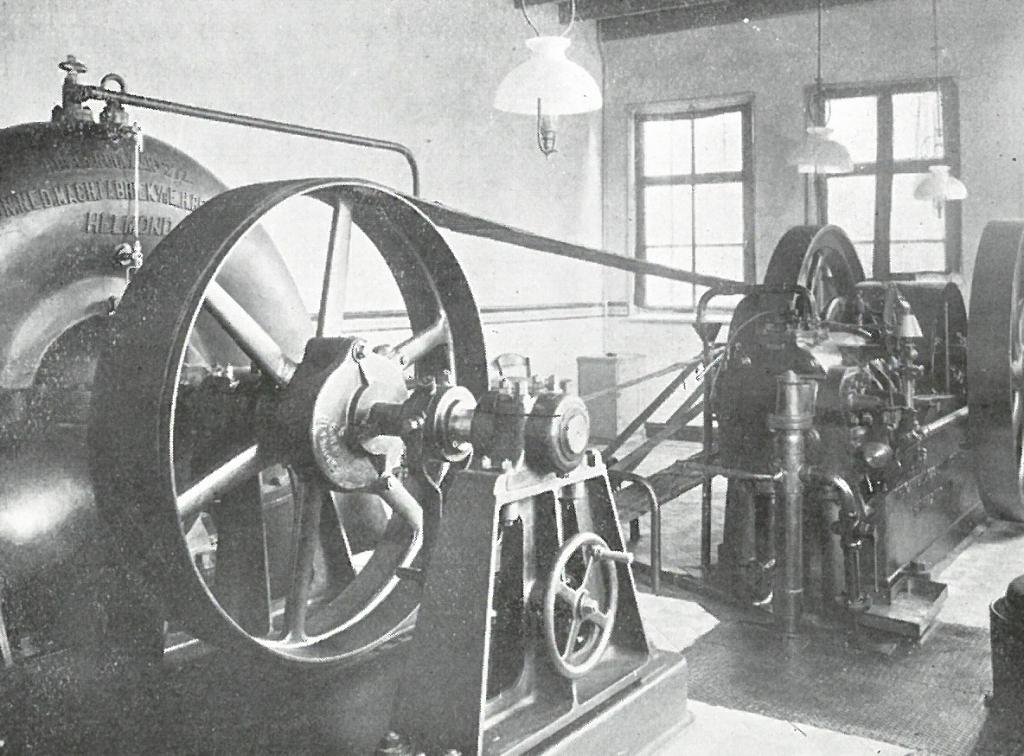

However, the complex, built in 1904 in purple-red brick, was preserved without too many changes and is significant as a very well-preserved example of early-20th-century mechanical polder drainage, in conjunction with the signal mast that also still stands near it. That signal mast was used between 1904 and 1970 to coordinate drainage on the Schermerboezem. As soon as the water in Spijkerboor reached the Amsterdam level, the stop signal was given and everyone had to stop milling. In Spijkerboor, people would hoist a blue flag during the day or turn on a lantern at night, after which the signal masts would relay the message to stop. Thus, in about two hours, drainage could be stopped throughout North Holland.
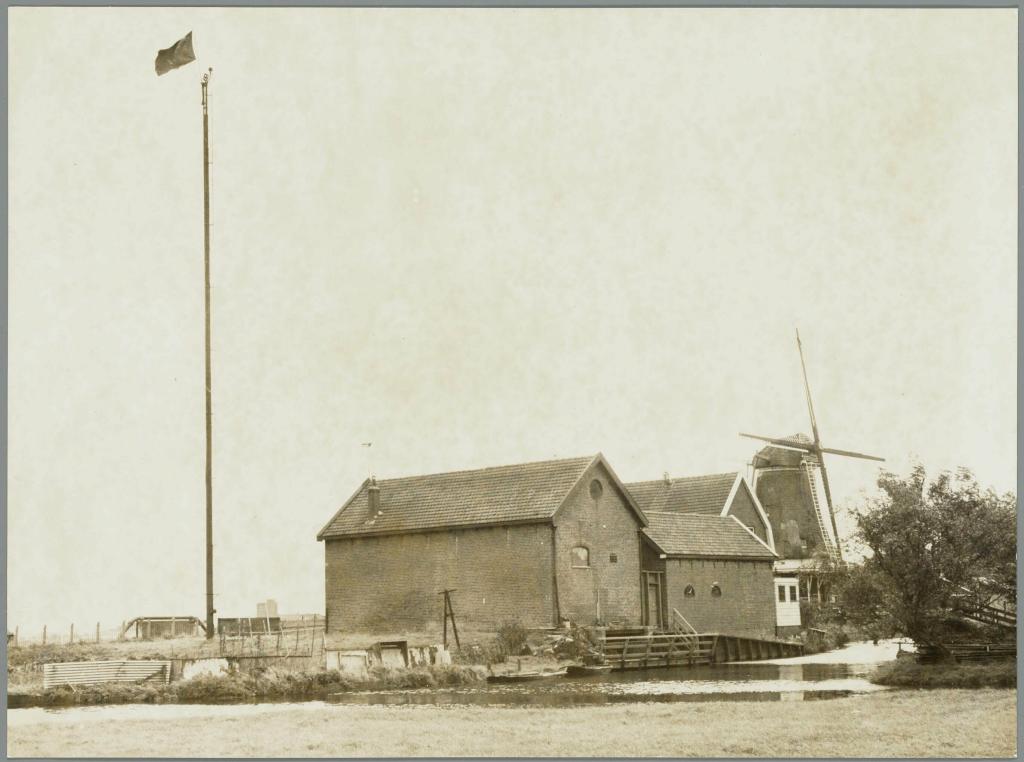
Also well preserved are the floor tiles decorated with floral motifs and the wall tiles inside the pumping station, the special and rare centrifugal pump made by the Royal Dutch Machine Factory in Helmond, founded in 1871. Making centrifugal pumps was a specialty of this company. Also special are the two electric motors installed in 1916. Today, most of the pumping has been taken over by the modern pumping station next to 't Leven, known as 't Leven 2.
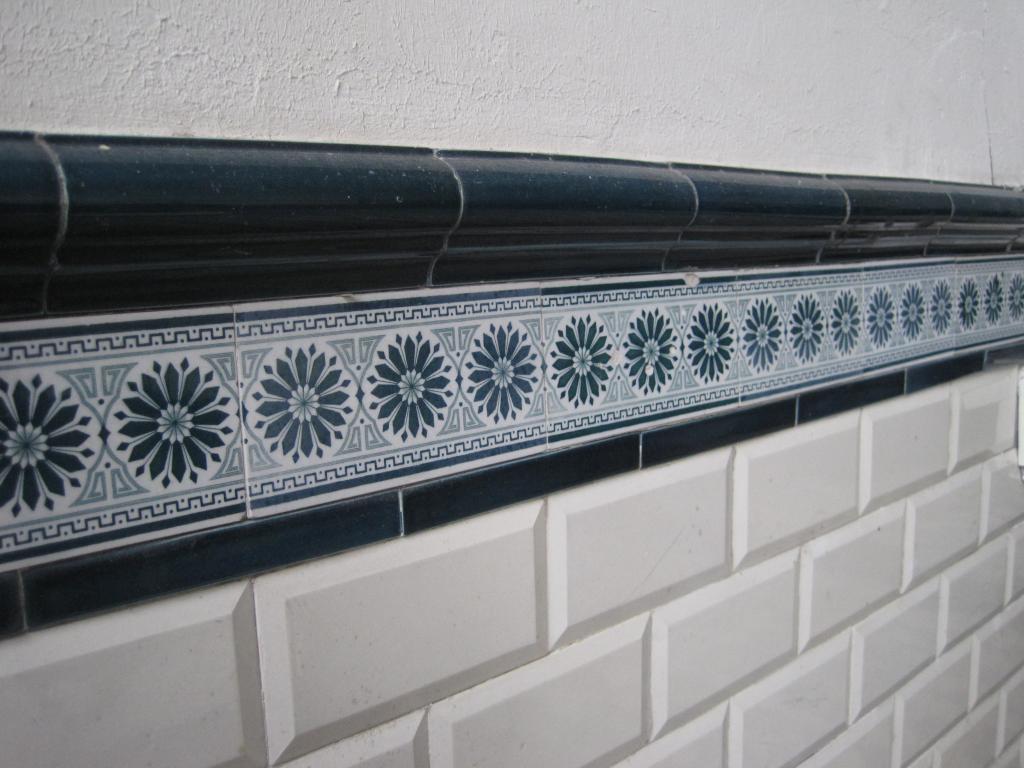
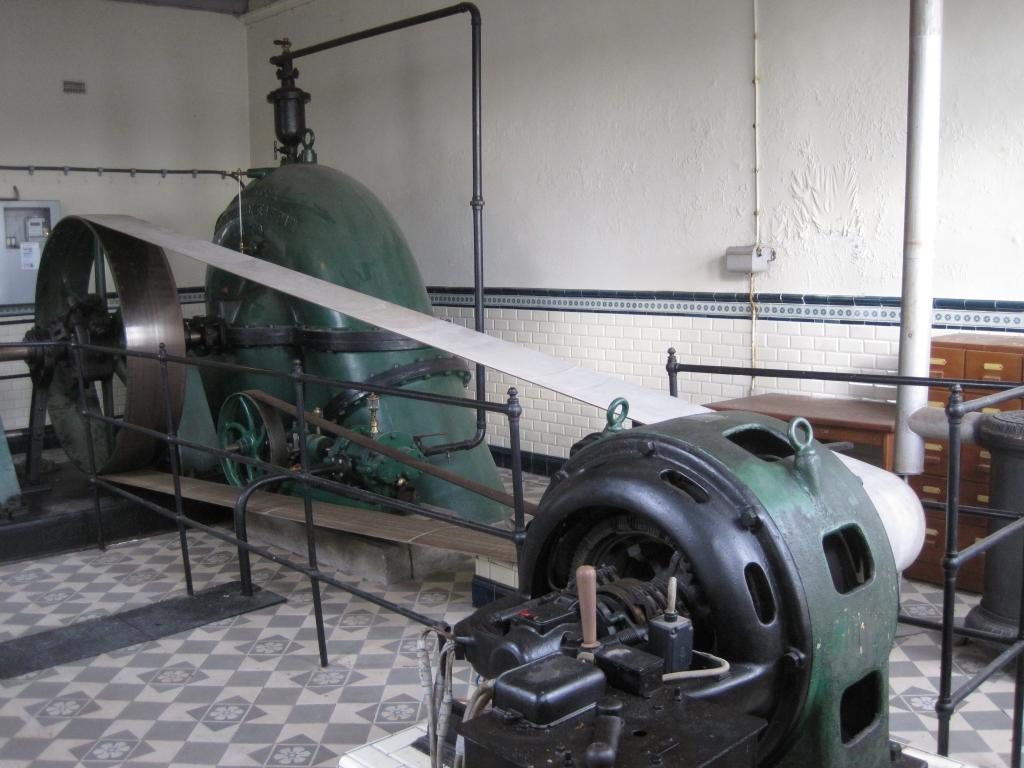
Additional
Pumping station 't Leven is not on hiking trails or longer bicycle routes, which are on the other side of the Zaan. However, the pumping station is part of a special pumping station cycling route in the Zaan region.